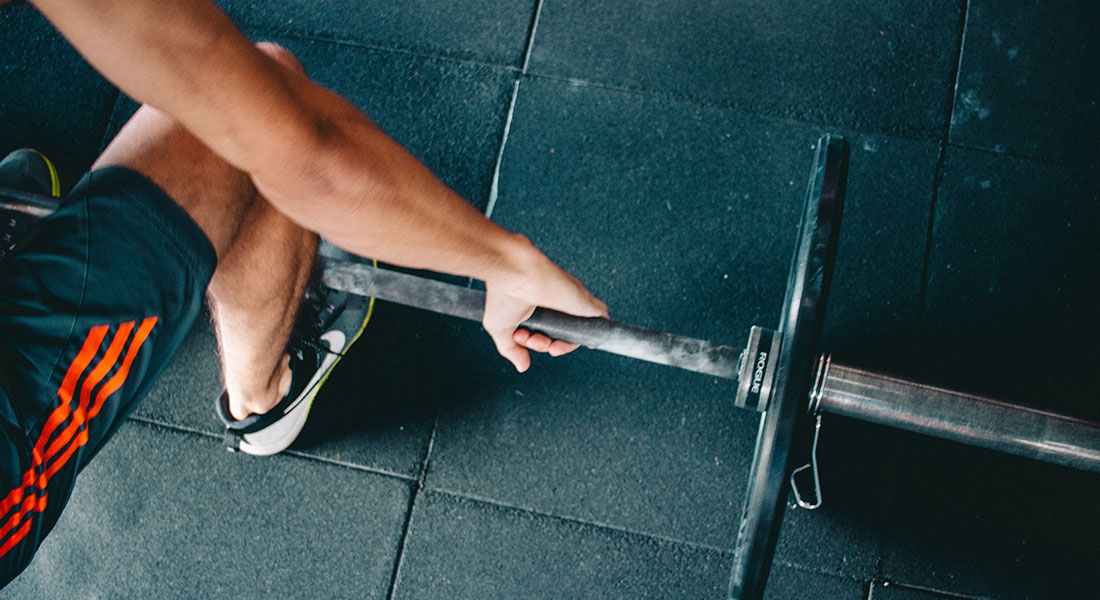The sacroiliac joint is the joint between the sacrum and the ilium. The Ilium is the correct name for the two moon shaped bones that make up your pelvis. The most common symptom of sacroiliac joint dysfunction is pain. Pain in the sacroiliac joint can be sharp in nature, or a dull aching pain. Patients often experience pain in the lower back or the back of the hips. The sacroiliac joint can refer pain into the buttock, groin and all the way down the outside of the thigh and even into the lower outer portion of lower leg and foot.
What causes Sacroiliac Joint Dysfunction?
Pain can occur for many different reasons, such as direct trauma to the region, pregnancy, weakness of the surrounding muscles, or any condition that causes a change in the normal walking pattern. Sacroiliac joint dysfunction in pregnancy occurs due to the release of a hormone called relaxin. Relaxin allows the ligaments of the body to stretch more, preparing the body for the birth of the baby. This can cause the sacroiliac joint to become more instable, promoting irritation and inflammation in the joint which can cause pain.
How will the Myotherapist know it is Sacroiliac Joint Dysfunction?
The first step with your Myotherapist is typically a thorough history of how and when the pain started. This will then be followed by a physical examination, where the Myotherapist will check the area for asymmetry and ask the client to perform a range of simple movements and exercises. There are various tests that the Myotherapist will perform during the physical examination that can help isolate the source of the pain. By placing your hips and legs in certain positions and applying pressure, the sacroiliac joint can be moved or compressed to identify them as a source of pain. This can also help differentiate pain coming from the sacroiliac joint, lumbar spine, or hips joints.
What happens next?
After the Myotherapist has identified the source of pain they will discuss a treatment plan with the client outlining the treatment to be administered in the clinic, along with advice on how to avoid aggravation of the area in day to day activities. Generally some take home exercises are provided too, if appropriate.
By Lani Guskich – Myotherapist







